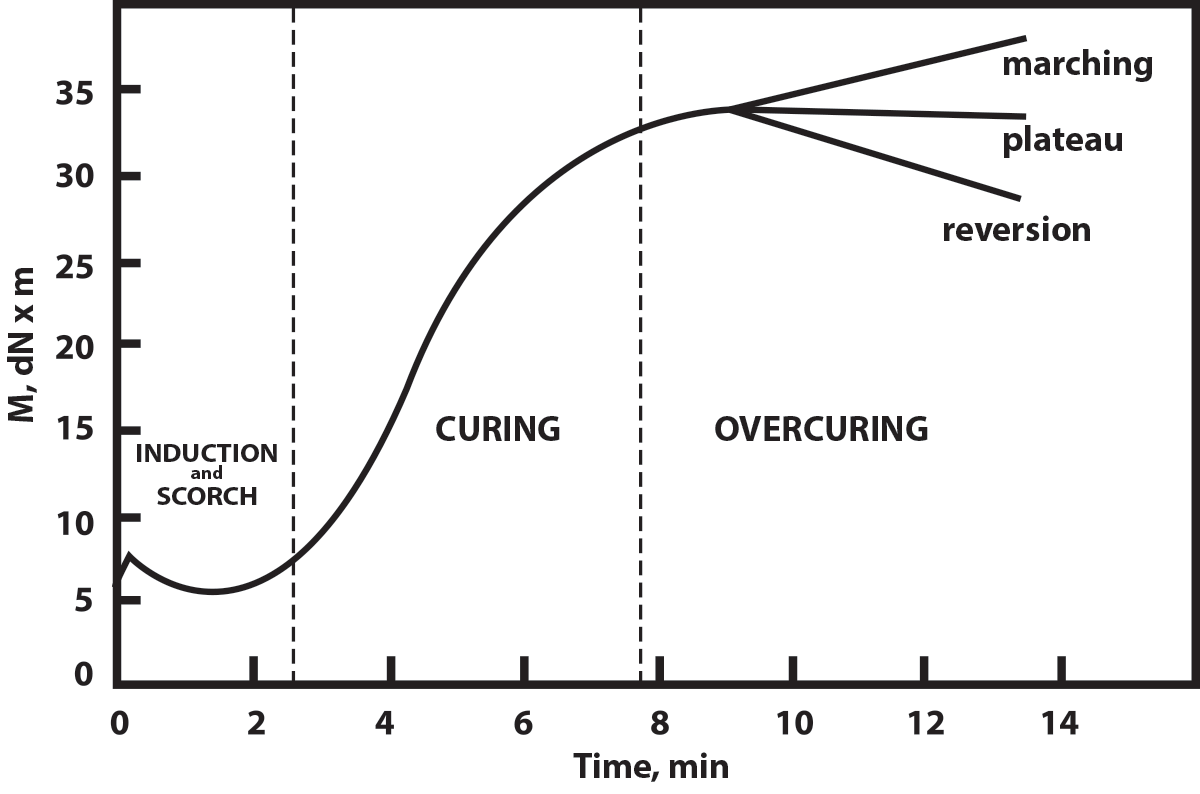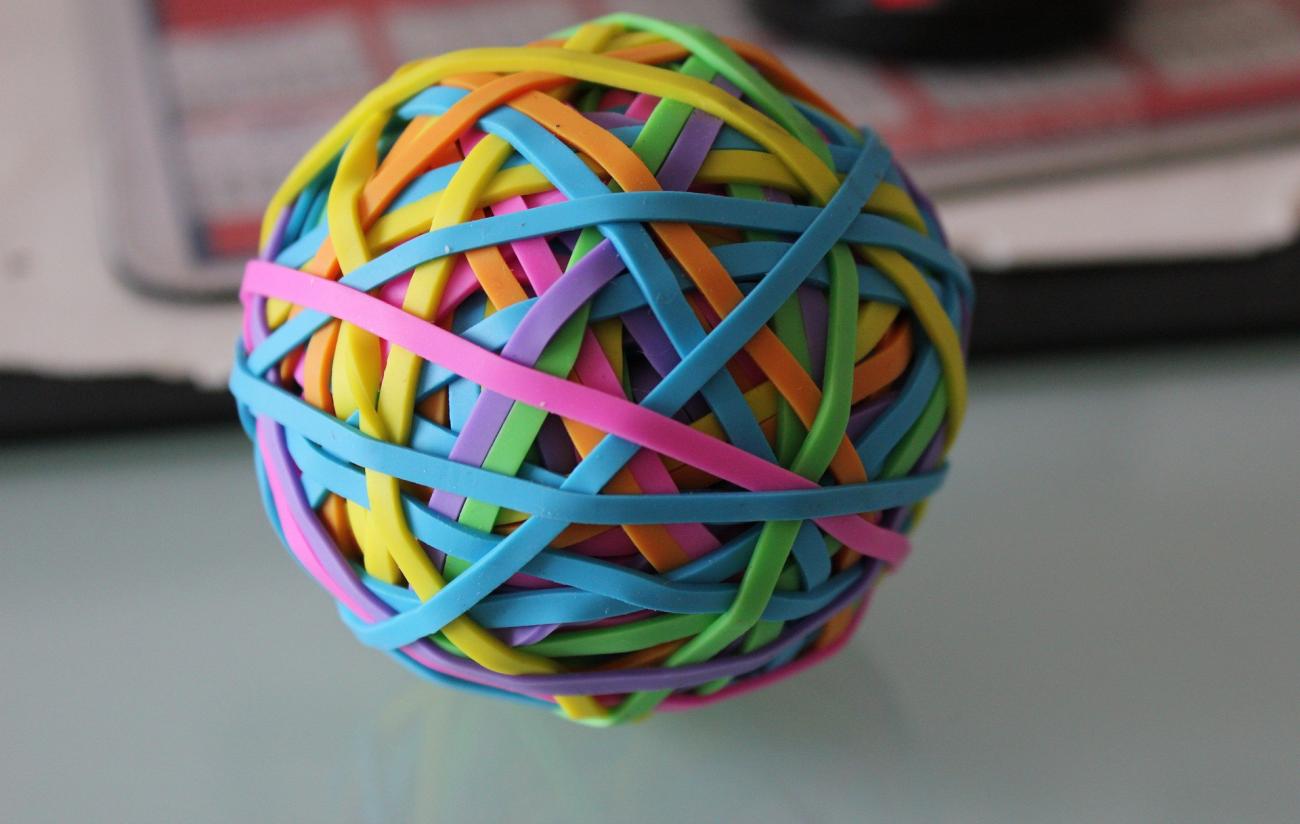We work with our customers to develop custom compounds for their applications.
We have numerous compounds designed to maximize certain performance criteria. This includes high fatigue life, low creep, tear resistance, abrasion, and many more.
Compounds can be tailored to achieve your goals in regards to both performance and cost.

